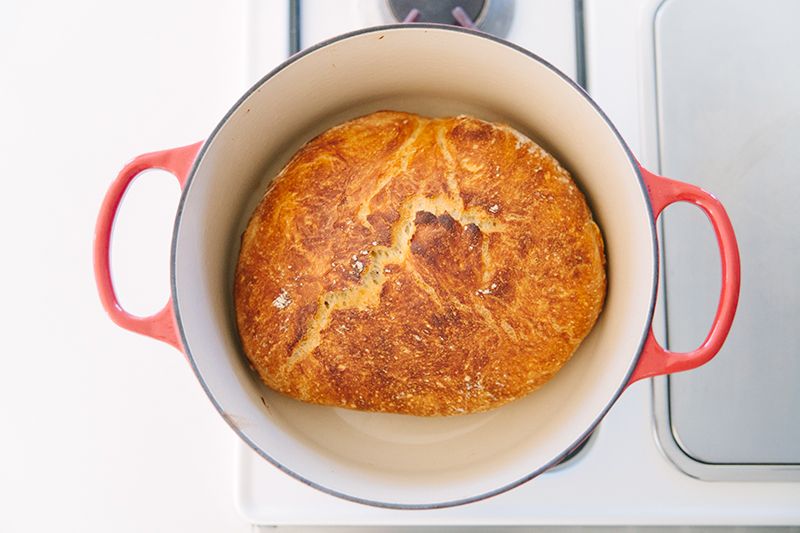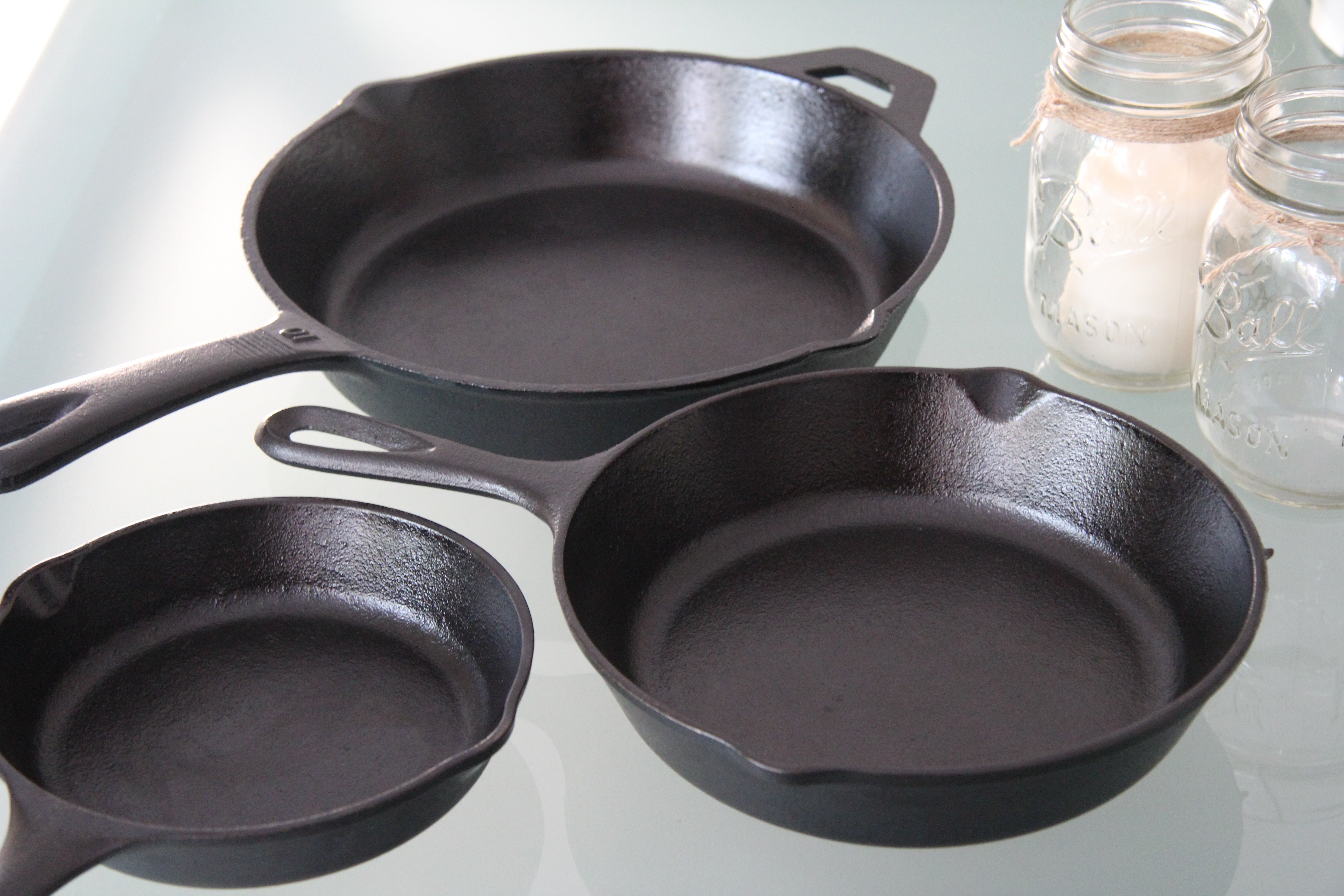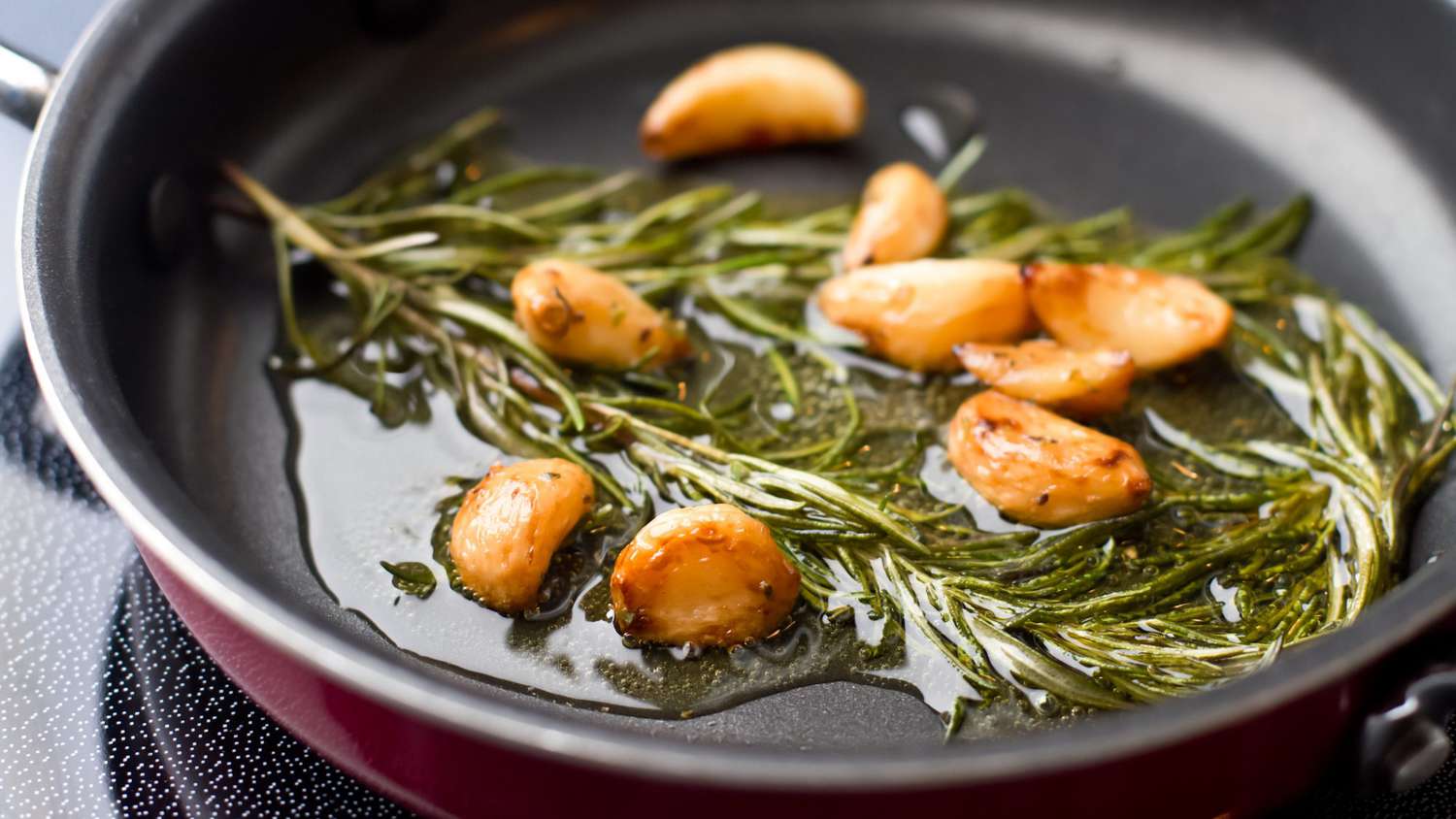Cast iron cookware has a reputation for durability and excellent heat retention, making it a favorite among kitchen professionals. However, even the best cast iron pieces can become damaged or neglected over time, leading to rust, food residue, and a blackened appearance. Knowing how to restore a cast iron dutch oven is crucial for maintaining its performance and extending its lifespan.
Restoration is not merely about aesthetics; it significantly impacts the functionality of your cookware. A well-restored dutch oven enhances the cooking experience, allowing for even heat distribution and safeguarding the unique flavors of your dishes. Therefore, let's dive into the steps and techniques that can help you revive and maintain your cherished cast iron dutch oven.

Why Restoration is Important
Before we delve into the methods, it is essential to understand why restoration matters. Aside from the aesthetic appeal, restoring your cast iron dutch oven can:
- Prevent rust formation.
- Enhance the natural non-stick surface.
- Improve cooking performance.
- Extend the life of your cookware.
Gathering Necessary Supplies
Before you start the restoration process, ensure you have all the necessary tools on hand:
- Steel wool or scrub brush: For removing rust and residue.
- Vegetable oil or flaxseed oil: For seasoning the cast iron.
- Paper towels: For wiping down the surfaces.
- Oven: The best place for the seasoning process.
- Plastic bags or wrap: For storing the dutch oven.
Step-by-Step Restoration Process
1. Cleaning the Dutch Oven
The first step in how to restore a cast iron dutch oven involves cleaning. Start by using steel wool or a scrub brush to remove rust, old seasoning, and baked-on food residues. Remember to scrub in a circular motion for effective results. Pay close attention to any areas that may have deep rust or stuck-on food.
2. Rinsing and Drying
Once you've thoroughly cleaned your dutch oven, rinse it under hot water. Ensure all traces of oil and rust are washed away. Then, dry it completely with a paper towel. Leaving moisture can invite rust problems in the future.
3. Seasoning the Cast Iron
Now, it's time for the critical seasoning process:
- Preheat your oven to 450F (232C).
- Using a paper towel, apply a thin layer of vegetable or flaxseed oil over the entire surface of the dutch oven, including the handle and lid.
- Place the dutch oven upside down on the middle rack of the oven to catch drips.
- Put a large baking sheet on the rack below to catch any excess oil that drips off.
- Bake for one hour, and then turn off the oven, allowing the dutch oven to cool inside.
4. Repeating the Seasoning
For a stronger non-stick surface, consider repeating the seasoning process two to three times. Each layer builds up to create a well-seasoned surface, perfect for cooking.
Maintenance Tips for Your Cast Iron Dutch Oven
Now that your dutch oven has been successfully restored, implementing a few maintenance practices can prolong its life and performance:
- Avoid soaking: Never soak your dutch oven in water as it can lead to rust.
- Hand wash only: Use a gentle scrubber for cleaning instead of a dishwasher.
- Regular seasoning: Season your cast iron every few months to maintain its protective layer.
- Store properly: Keep it in a cool, dry place, and consider placing paper towels between the pot and lid to absorb moisture.
Things to Keep in Mind
When restoring and maintaining your dutch oven, remember that it's a process. Consistent care will yield the best results. While it may take some time to revive a neglected dutch oven, the rewards are worth it.
In instances where you may have to deal with significant rust or pitting, you may find additional insights on cleaning dutch ovens to be useful.
Common Mistakes to Avoid
Even seasoned kitchen professionals can make mistakes during the restoration process. Here are some common pitfalls to avoid:
- Using soap: Soap can strip away the seasoning. It is best to stick to hot water and a scrubber.
- Inadequate drying: Always ensure your dutch oven is completely dry before storing it away.
- Skipping seasoning: Never skip the seasoning step after cleaning, as its essential for preserving the cast iron.

Conclusion
Restoring a cast iron dutch oven may seem daunting, but following the steps outlined above will ensure you keep this kitchen essential in prime condition. Remember, treating your cast iron with respect and care is a vital ingredient in successful restoration.
For more insights, check out what to cook for maximizing the use of your dutch oven!
As an Amazon Associate, I earn from qualifying purchases.






Leave a comment
This site is protected by hCaptcha and the hCaptcha Privacy Policy and Terms of Service apply.